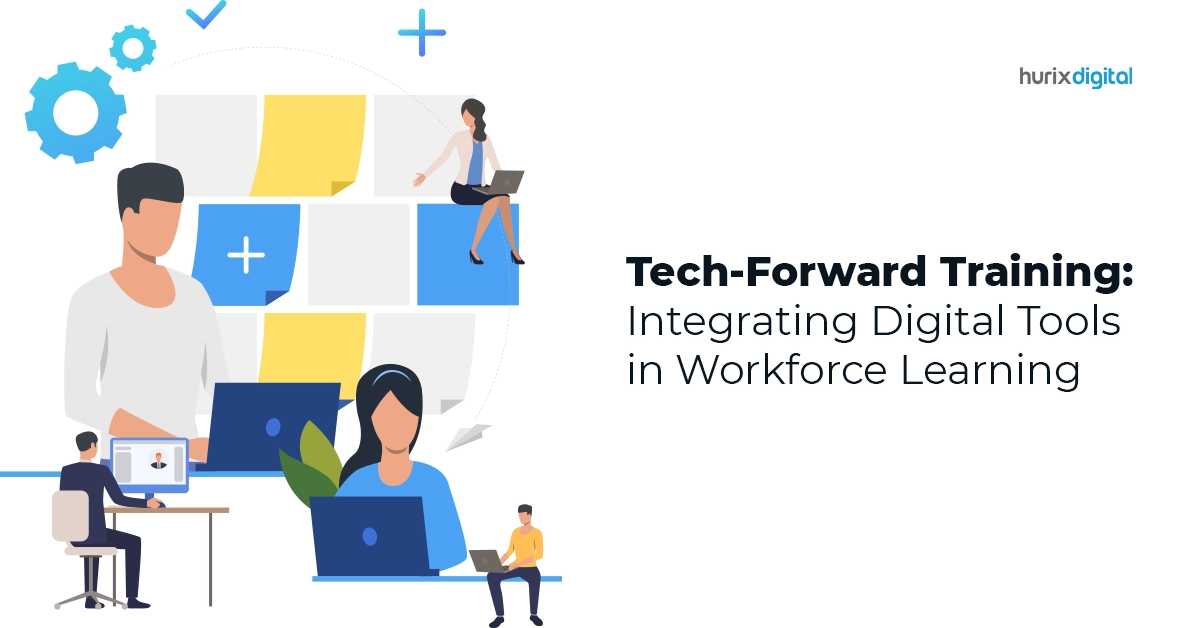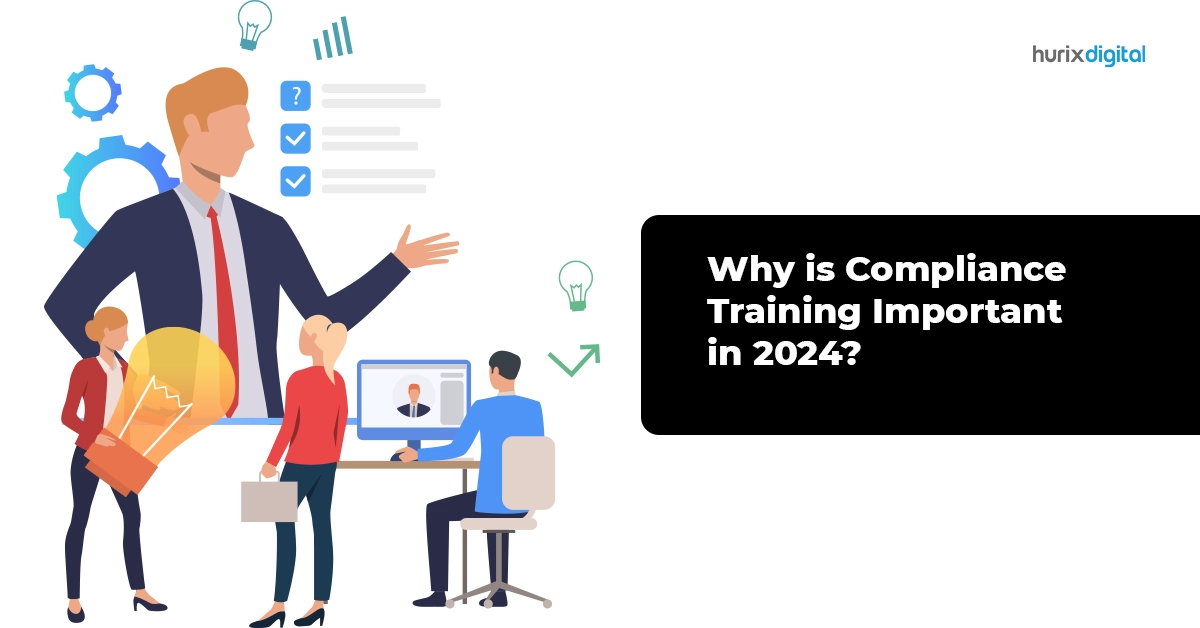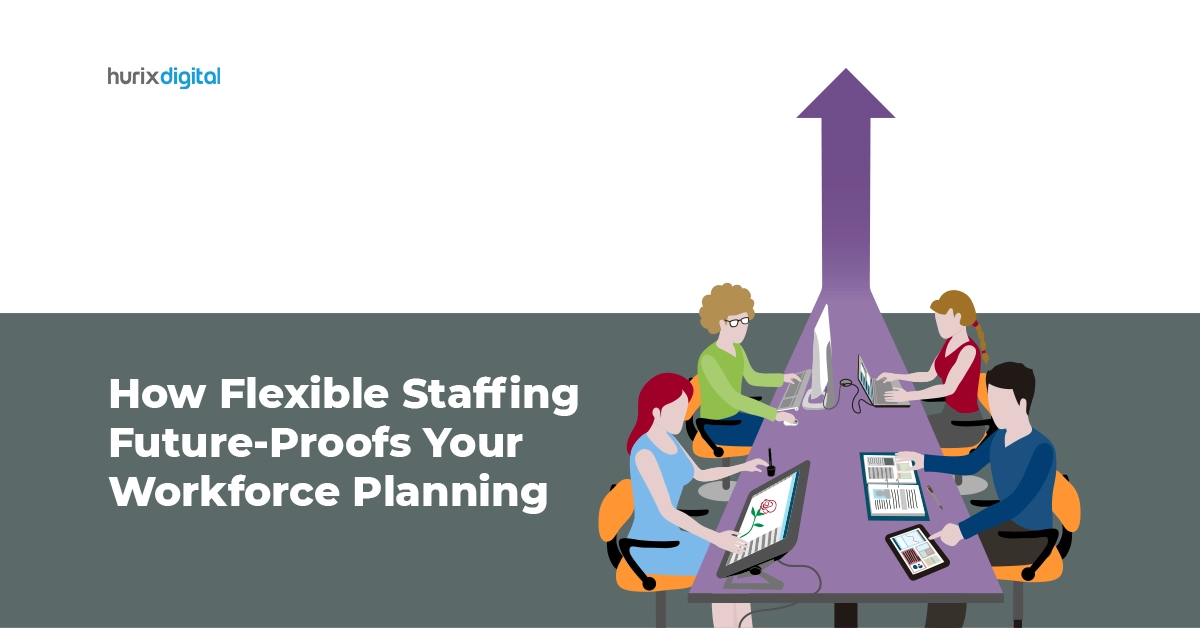Employee retention refers to the practice of and the organization’s ability to secure the services of their employees, thereby lowering employee turnover and associated costs.
An improper employee retention strategy or the complete absence of one hurts both the short-term and long-term organizational goals.
Turnover expense is the only apparent cost related to the exit of an employee, while lost institutional knowledge and expertise, in addition to various hindrances to productivity, are some other non-negotiable costs.
The Work Institute’s Annual Retention Report (2022) mentions some staggering statistics: 47 million US workers quit their jobs in 2021, with career issues being the most cited reason for the 12th consecutive year.
Low pay and lack of growth opportunities have led to an increase in voluntary resignations amongst employees. Numerous studies indicate the need for an effective employee retention strategy to combat this issue.
Consequently, learning and development (L&D) are critical for reskilling your employees and upskilling them while at the same time enhancing their competencies and compensation over time.
A good L&D strategy tied with an enticing reward mechanism within the organization is a win-win for both the organization and employees.
Table of Contents:
- The Importance of L&D Training in terms of Retention
- Leveraging L&D as an Employee Retention Strategy
- The Connection Between Employee Engagement and Employee Retention
- The Innate Need of Employees to Try Something New
- How L&D Boosts Collaboration?
- The Relationship Between Hiring Costs and Upskilling, Reskilling, and Retention
- Employee Retention in the Backdrop of the Cross-Functionality of L&D
- Conclusion
The Importance of L&D Training in terms of Retention: Statistics
According to Lorman, 70% of employees are likely to leave their current organization in favor of the other because of the latter’s investment in employee development and training.
Moreover, career development opportunities motivated 34% of employees to leave their current job. Such numbers point toward the direct relationship between L&D and employee retention.
Rightly so, because well-informed employees – after a thorough evaluation of their situation and the career opportunities that lie ahead of them, strongly feel the need to upskill for both professional and personal growth.
Opportunities within the organization to grow vertically as well as laterally encourage employees to stay longer within the organization while also exploring new roles.
One of the highest financial costs of losing an employee is the cost associated with recruiting and training a new one.
Every organization has its way of calculating this figure, but according to estimates, the average cost ranges between 6 to 9 months of the employee’s salary.
The training and management time pent up in the process of onboarding makes up a major portion of the onboarding costs. Over two to three years, an organization is likely to spend 10%-20% of the employee’s salary on training.
Most medium and small-scale organizations are unaware of the annual costs they incur on employee turnover because of the absence of adequate tracking systems and mechanisms.
Leveraging L&D as an Employee Retention Strategy
The pandemic has opened people’s eyes to the uncertain and unpredictable environment we live in. The business world is no exception to this.
Research shows that most employees are now open to exploring new job roles and are transitioning to other organizations. While some have adapted to the work-from-home culture, others seek an upward professional trajectory.
Recent research shows that employees leave their existing positions due to a perceived lack of career growth opportunities, and 77% of them are willing to retrain themselves and upskill.
The renewed emphasis on upskilling has led employees to reconsider their current roles and prefer organizations that assist in their learning and development process.
Therefore, from an organization’s point of view, L&D makes for an efficient retention strategy if the organization’s value, mission, goals, and objectives are tied effectively to it.
Good employees are difficult to find and even more difficult to replace. To make them stick around and minimize employee turnover, let’s look into the different aspects that a properly designed and implemented L&D helps promote.
The Connection Between Employee Engagement and Employee Retention
A disengaged employee is a liability as opposed to an asset to the organization. The overall performance of an organization suffers if an employee does not concern themselves with the future of the company.
Some drawbacks of low employee engagement or disengagement are lower productivity, customer dissatisfaction, lower operating income, and higher employee attrition.
The Growing Challenge: The Innate Need of Employees to Try Something New
Internal mobility is seen as a potential means for employee retention, but employees would not want to move vertically or laterally within an organization if they do not feel valued.
Employee satisfaction plays a crucial role in achieving internal mobility and thereby helps retain talented individuals within the organization.
L&D programs, along with managerial support, help employees realize their professional goals while remaining invested in their organization and not looking for opportunities elsewhere.
How L&D Boosts Collaboration?
When employees feel disconnected and uncared for in their work environment, they are less likely to give their best.
The innate human desire for a sense of belonging and community drives effective collaborations. Community-based learning sparks social connections and promotes a strong work culture. It reflects the productivity within the organization.
This is especially difficult to achieve in the post-pandemic scenario, where employees tend to feel isolated. Therefore, L&D strategies focused on social learning have more chances of being fruitful in increasing employee satisfaction and lower attrition.
Know more When to Use Blended Learning in Your L&D Strategy: A Comprehensive Overview
The Relationship Between Hiring Costs and Upskilling, Reskilling, and Retention
According to the LinkedIn Workplace Learning Report, L&D is seen as a promising driver for adaptability by 84% of L&D leaders.
A 94% increase in the demand for L&D specialists bears testimony to this fact. There is a continued effort by specialists to reskill and upskill employees depending on their L&D priorities.
The report goes on to mention that leadership and management training, digital upskilling, and employee performance support are prioritized by L&D leaders in the Asia Pacific region.
To examine the viability of L&D as a good retention strategy in light of financial costs, defining its relationship with the cost of reskilling, upskilling, and hiring is paramount.
Further, there is a consensus among 79% of L&D professionals that reskilling an existing employee costs less than hiring a new one. Regular upskilling coupled with internal mobility helps increase employee retention by nearly 2X times.
Employee Retention in the Backdrop of the Cross-Functionality of L&D
A learning program that is not customized inhibits career progress, bringing down learner engagement, with the entire program falling flat.
To bolster the growth and sustainability of organizations, the cross-functionality of L&D becomes important. From DEI (Diversity, Equity, and Inclusion) programs and in-person training programs to data analytics training programs, L&D has become more robust and cross-functional.
The cross-functionality of L&D serves as more than just a backup at the time of an emergency; it offers a host of other benefits:
• Employee engagement increases as a result of improved communication and transparency
• Enhances dissemination of knowledge
• Widens an employee’s skill-set and keeps them motivated
These factors, as mentioned earlier, have a direct bearing on employee retention.
Also read, 4 Reasons Why AR Training is Improving L&D
Conclusion
If you are looking for a learning solution that caters to the interests of your employees while propelling your organization towards achieving its goals, your search ends at Hurix Digital.
Our specialization in designing and developing engaging learning programs for workforces spans industries. For an engaged workforce and improved employee retention, write to us at contactus@hurix.com











